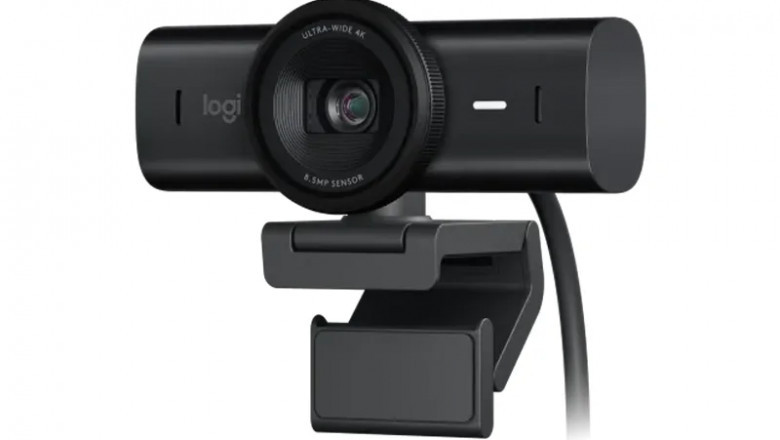views
In today’s fast-paced business environment, professional video conferencing systems have become essential tools for collaboration, client communication, and remote teamwork. Whether you're upgrading a meeting room, setting up a hybrid workplace, or building a new collaboration space, choosing the right system means more than just picking a camera and microphone.
To ensure smooth, high-quality virtual meetings, it's important to focus on features that support both performance and usability. Below are the top features to look for in a professional video conferencing system.
1. High-Definition Video Quality
One of the most noticeable aspects of any video call is video clarity. A professional system should offer at least 1080p HD resolution, with 4K support being ideal for larger rooms or presentations. Look for features like:
- Auto-framing to adjust the camera view based on participants
- Wide-angle lenses to cover entire rooms
- PTZ (Pan-Tilt-Zoom) functionality for flexible camera control
- Clear visuals improve engagement and create a more natural, in-person feel.
2. Crystal-Clear Audio with Noise Cancellation
Audio quality is often more important than video during virtual meetings. Poor sound can quickly disrupt communication. Look for systems with:
- Built-in noise suppression
- Echo cancellation
- High-quality microphones with wide pickup range
- Ceiling or table mics for larger rooms
Some systems also offer voice tracking, which automatically focuses audio pickup on the active speaker.
3. Platform Compatibility and Integration
A professional system should work seamlessly with leading conferencing platforms such as:
- Zoom
- Microsoft Teams
- Google Meet
- Cisco Webex
Many business-grade systems are "certified" for specific platforms, which ensures plug-and-play integration and fewer technical issues during meetings.
4. Ease of Use and Control
Complex systems can lead to delays and frustration. A user-friendly interface is critical, especially in fast-paced work environments. Look for:
- One-touch meeting join
- Touchscreen or remote controls
- Automatic device updates
- Centralized device management for IT teams
Some systems also support voice commands and touchless controls, which are ideal for hygiene-conscious workplaces.
5. Content Sharing Capabilities
Professional meetings often involve presentations, charts, or screen walkthroughs. Your system should support:
- Wireless content sharing
- Dual-screen support (one for participants, one for shared content)
- 4K content transmission for detailed visuals
- Fast, lag-free sharing improves collaboration and keeps meetings productive.
6. Smart Collaboration Tools
Beyond basic video and audio, modern systems include built-in collaboration features such as:
- Digital whiteboards
- Real-time annotation
- Live captions and transcription
- AI-based meeting summaries
These tools make it easier for teams to brainstorm, document discussions, and share insights after the meeting.
7. Scalability and Flexibility
A good conferencing system should scale as your needs grow. Modular systems allow you to expand or upgrade components without replacing everything. Look for:
- Room kits designed for different sizes (huddle rooms, medium rooms, boardrooms)
- Multiple microphone and camera input options
- Integration with your existing AV setup
- This flexibility helps future-proof your investment.
8. Security and Privacy Features
Security is a top concern for all professional communication tools. Look for systems that support:
- End-to-end encryption
- Password-protected meetings
- Role-based access control
- Secure firmware updates
These features help protect sensitive data and keep your meetings secure.
9. Remote Management and Support
For IT teams managing multiple meeting rooms, remote monitoring and control are vital. Advanced systems offer:
- Cloud-based admin dashboards
- Real-time device health monitoring
- Remote troubleshooting
- Scheduled updates and diagnostics
This reduces downtime and ensures systems are always meeting-ready.
Conclusion
The right professional video conferencing system can transform your communication experience, whether you're hosting internal meetings or global client calls. By focusing on features like video quality, audio clarity, platform integration, and ease of use, you’ll ensure your team stays connected and productive—wherever they are.
When evaluating systems, take time to assess your space, user needs, and future growth plans. And if you need expert guidance, reach out to trusted AV solution providers who can help tailor the perfect setup for your business.





















Comments
0 comment